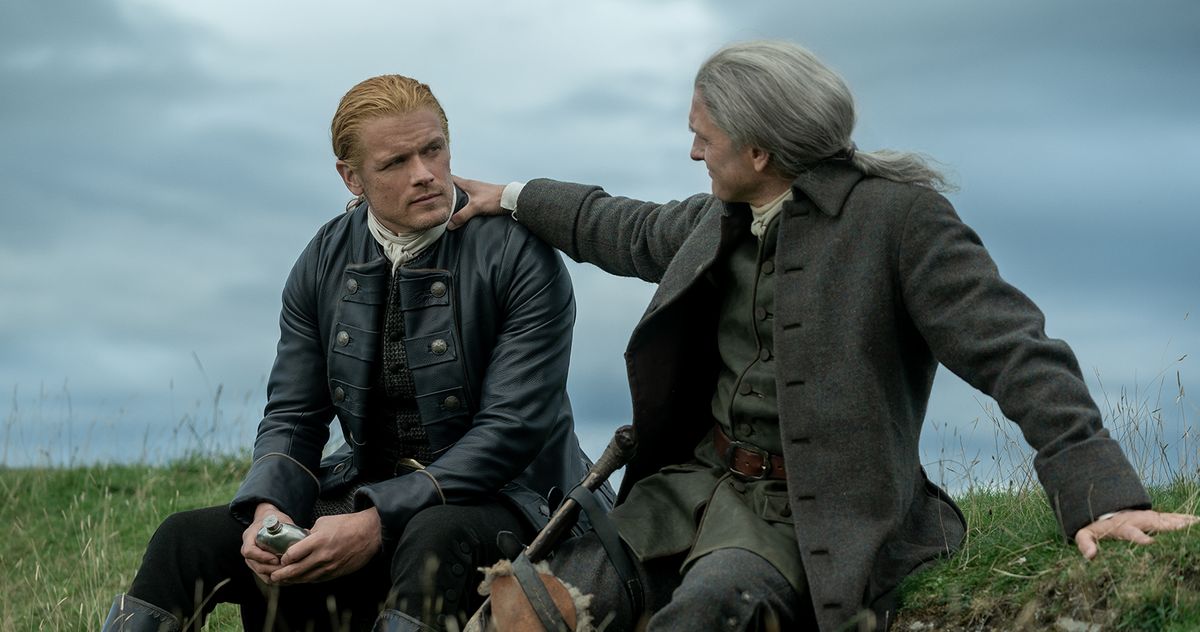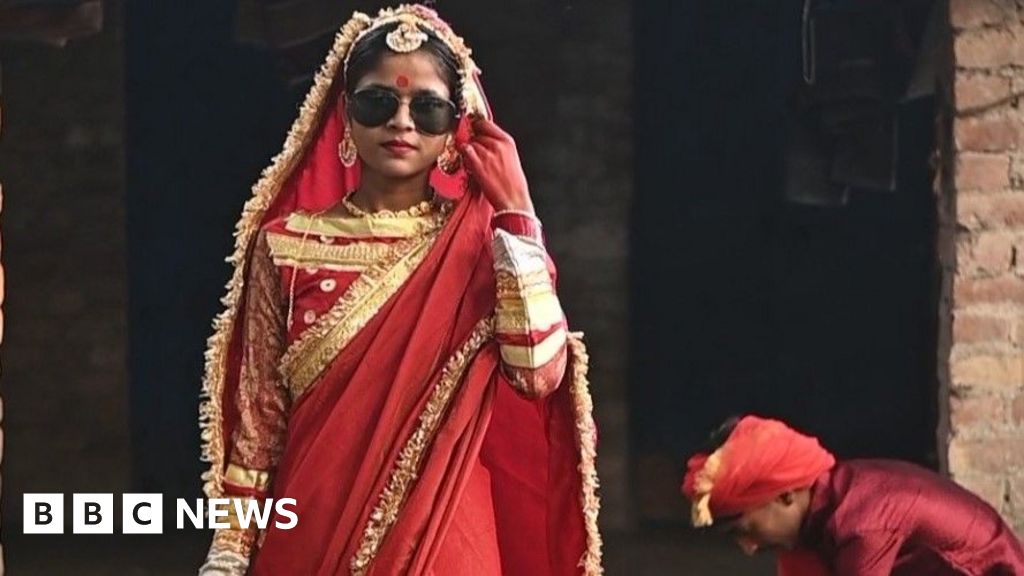Fashion
Will fashion’s flamboyant powerhouse Isabella Blow finally get her dues?

The legendary fashion editor Isabella Blow is remembered by her hats. A jewel-encrusted lobster which snaked back from her brow like a crustacean mohican. A miniature Chinese garden, complete with tiny eaved pagodas and lilliputian cherry trees with quivering blossoms. Her trademark was so distinctive that Princess Margaret once greeted her at a party with the words: “Good evening, Hat.” At her funeral in 2007, an 18th-century black galleon headpiece with delicate lace sails cascading from its lofty prow, created for her by her favourite milliner Philip Treacy, crowned her coffin on a bed of white roses.
But The Queen of Fashion, a newly announced biopic directed by Alex Marx with the Oscar-nominated actor Andrea Riseborough cast in the title role, is set to highlight Blow’s more serious role as a central figure in a golden age of British fashion, a kingmaker who launched the career of Alexander McQueen, and a powerhouse who helped put 1990s London at the centre of the creative world.
Fashion biopics have been a plotline of 2024. Becoming Karl Lagerfeld brings the feuds, flings and paper fans of the late Chanel designer’s career to small screens in a Disney+ series next month, following the sumptuous period drama Cristóbal Balenciaga, and Apple TV’s The New Look, which starred Ben Mendelsohn as Christian Dior and Juliette Binoche as Coco Chanel. The documentary High & Low: John Galliano has re-examined one of fashion’s most high-profile falls from grace. But The Queen of Fashion, the latest in a string of film projects about Blow, who died at the age of 48 after a lifelong battle with depression, could be the most dramatic story of them all.
Blow’s larger-than-life wardrobe made her the stuff of folklore. The Guardian feature writer Emine Saner, who was Blow’s assistant at Sunday Times Style in the late 1990s, describes her look as “Wallis Simpson as envisaged by Salvador Dalí”. In the newspaper office, “everyone would stand up to get a better look at her”, Saner remembers. “She would sit, Manolo Blahnik stilettos up on the desk, and have loud and extremely filthy phone conversations with photographers and designers. As a boss, she was exhilarating and exhausting. She thought nothing of calling at all hours, usually with an unreasonable demand. She was obsessed with sex and made the kind of remarks and physical contact that would have her up in front of a tribunal today. She was also brilliant, original, generous and hilarious. Two decades on, whenever I get a sniff of tuberose perfume, I get a feeling of both panic and excitement.”
At lunch with Nicholas Coleridge, the managing director of Condé Nast, Blow wore a pair of antlers covered in a heavy black veil. When he asked how she would be able to eat, she said: “Nicholas, that is of no concern to me whatsoever.”
But Blow was also a Peggy Guggenheim of British fashion, brilliant with her radar for talent and dynamic in her nurturing of it. After attending Hussein Chalayan’s graduate show, she sent him off to find a roll of bin bags, helped him pack the clothes in them, and marched him over to Browns boutique on London’s South Molton Street, where Joan Burstein bought the collection on the spot and put it in the window, making him a star. Blow “wasn’t just providing money or opportunity, she was grabbing people by the collar and leading them into their future”, says Alistair O’Neill, a professor of fashion at Central St Martins and curator of a 2013 exhibition about Blow. Decades before the Met Gala brought fashion as entertainment into the mainstream, “Blow knew how to use fashion to bring the brilliance of talent and creativity into the wider world”, he says.
Blow, who was of aristocratic lineage but disinherited by her father, was legendarily bad with money, and never reaped the financial rewards of the industry she helped to amplify. She exasperated newspaper bosses in 1997 when she put the bill for a single Givenchy haute couture garment costing 35,000 French francs – equivalent to £9,000 today – on an expenses form scrawled with the words: “I. Blow – Business Wardrobe.”
“Front row seats at the shows were guaranteed, but she was also ridiculed,” remembers Saner. “It was too easy to focus only on the lobster on her head. She was underestimated, never given enough credit for her sharp eye, wide knowledge of art and endless cultural references, all of which made it into her shoots.”
In 1992, Blow bought McQueen’s entire graduate collection for £5,000. The pair had a tempestuous relationship. When fame and fortune came to McQueen, Blow felt he left her behind, failing to repay his debt to her early loyalty. McQueen was devastated by Blow’s death and dedicated his next collection to her. The show was held in a Paris salon headily perfumed with Fracas, the tuberose scent she always wore.
“Blow was a complex character and her excessive personality meant she lived beyond her means and worked beyond her role,” says O’Neill. “This underlies why she wasn’t rewarded or recognised properly in her lifetime. People in the industry didn’t know how to place her, which was her undoing.”
Born in London, Blow studied ancient Chinese art at university in New York, where her roommate was Catherine Oxenberg, who went on to play Amanda Carrington in Dynasty. In the 1980s, she assisted an up-and-coming editor called Anna Wintour, made friends with the artist Andy Warhol after he admired her shoes – odd Blahnik stilettos, one pink and one purple – but fell out with Jean-Michel Basquiat after she told him his Comme des Garçons duffle coat was terrible. She returned to London in 1986. Blow had depression, was treated with electroshock therapy for bipolar disorder and was diagnosed with ovarian cancer, and attempted suicide several times in the years before her death.
She was always fabulously dressed, remembers O’Neill. “She worshipped proportion and knew how to accessorise an outfit to the hilt. She used to say: ‘Always accentuate the head and the feet’. She was of diminutive height, but she still towers over all those people walking up the steps to the Met Gala.”








